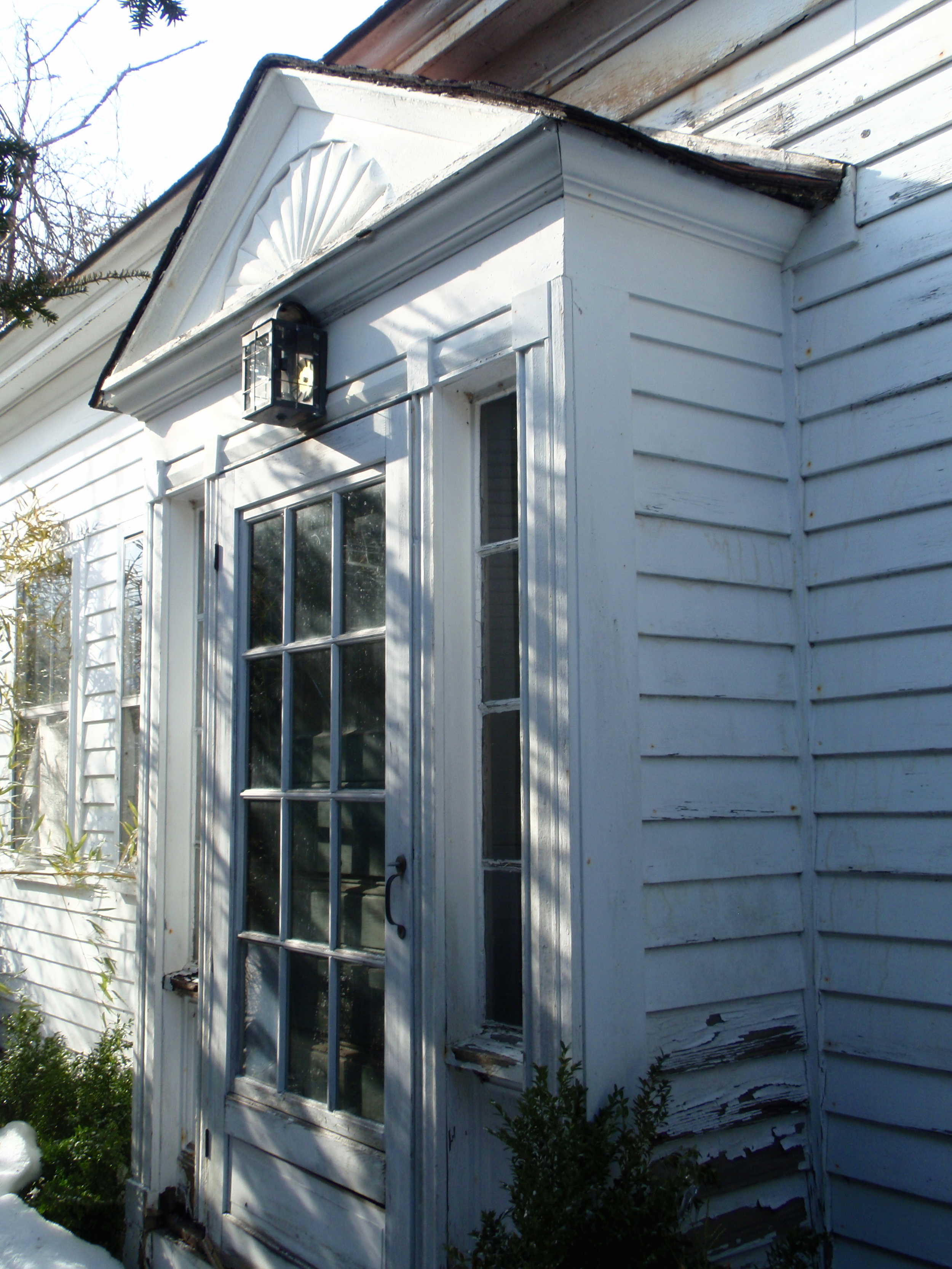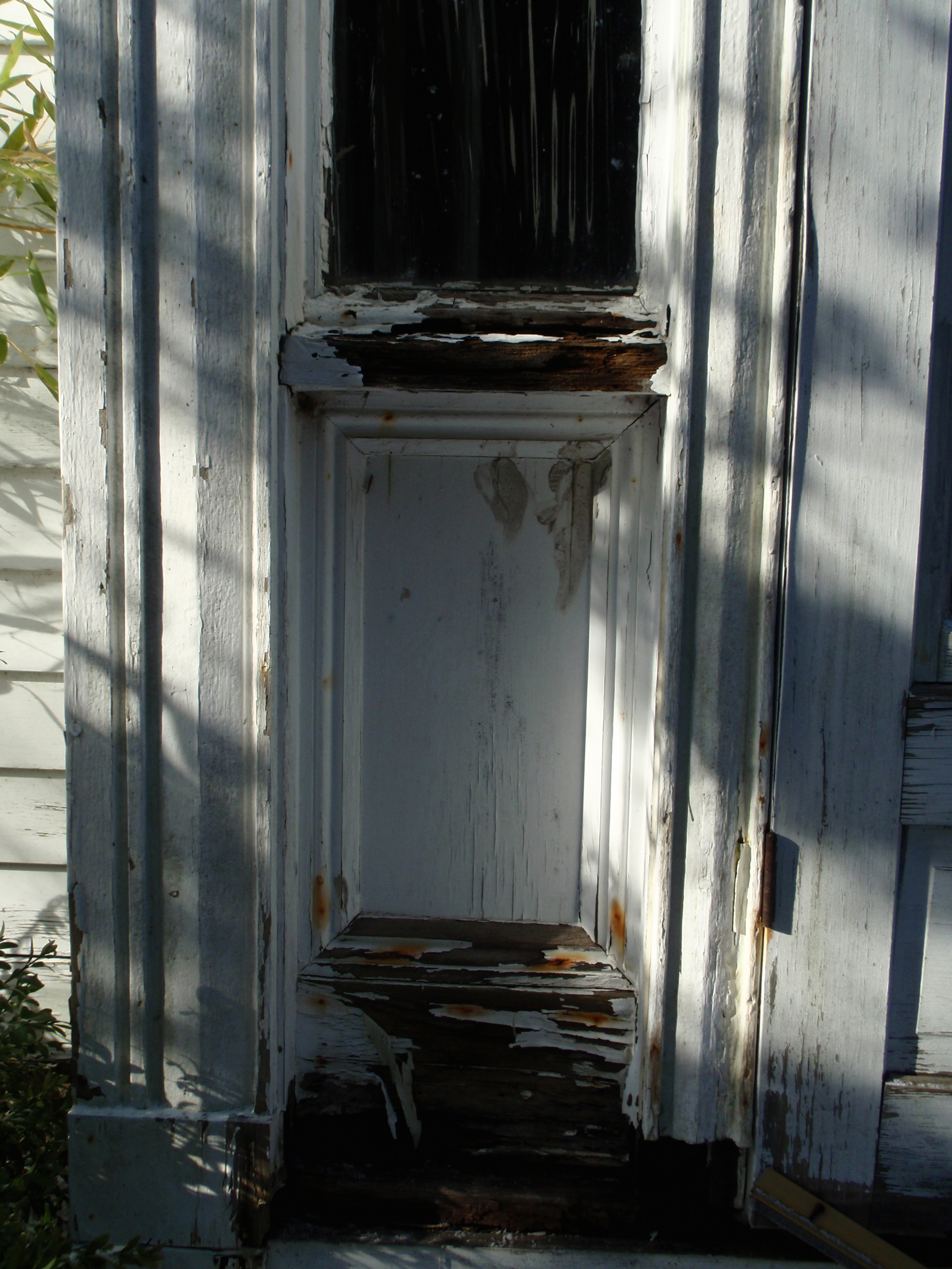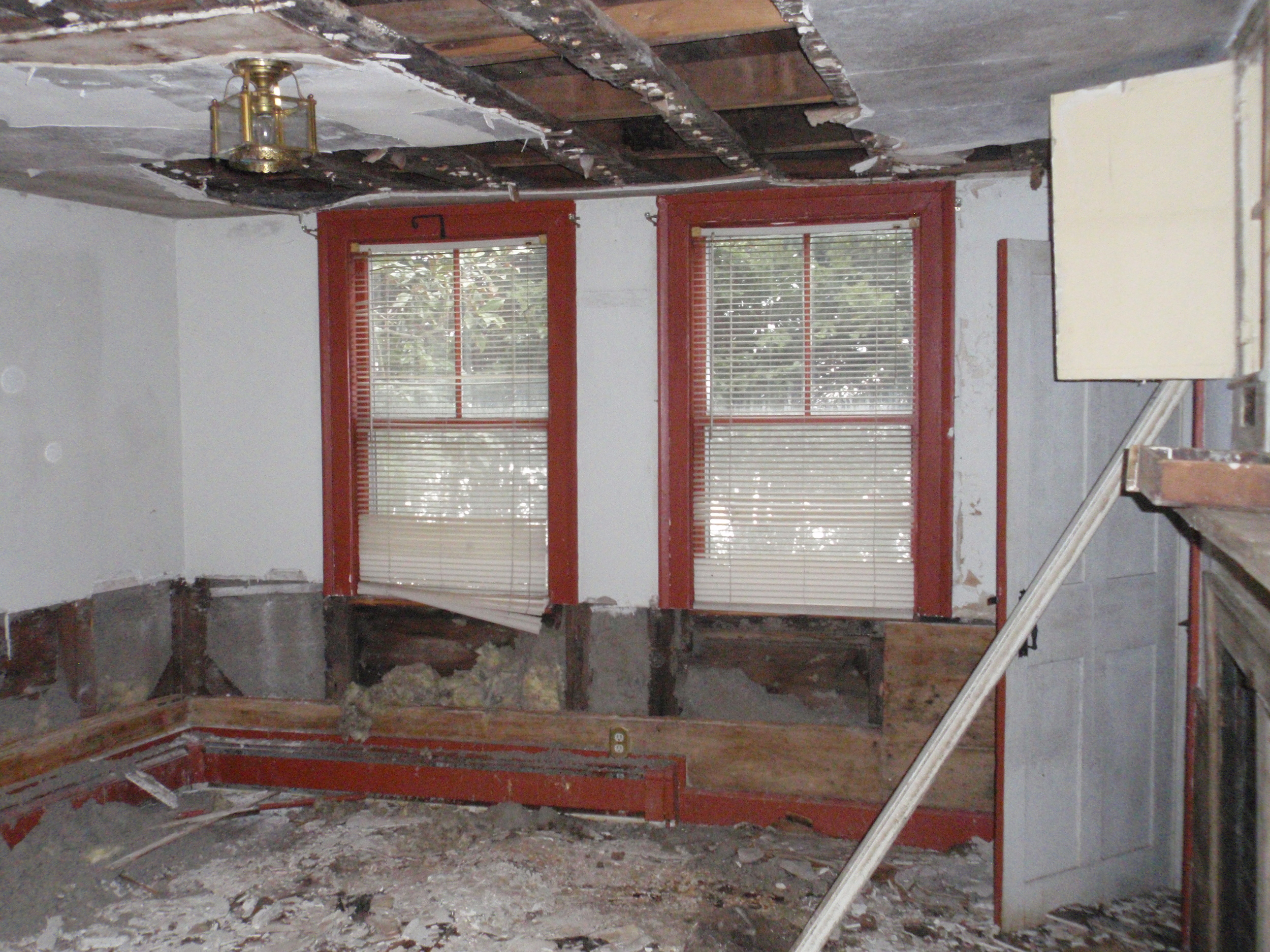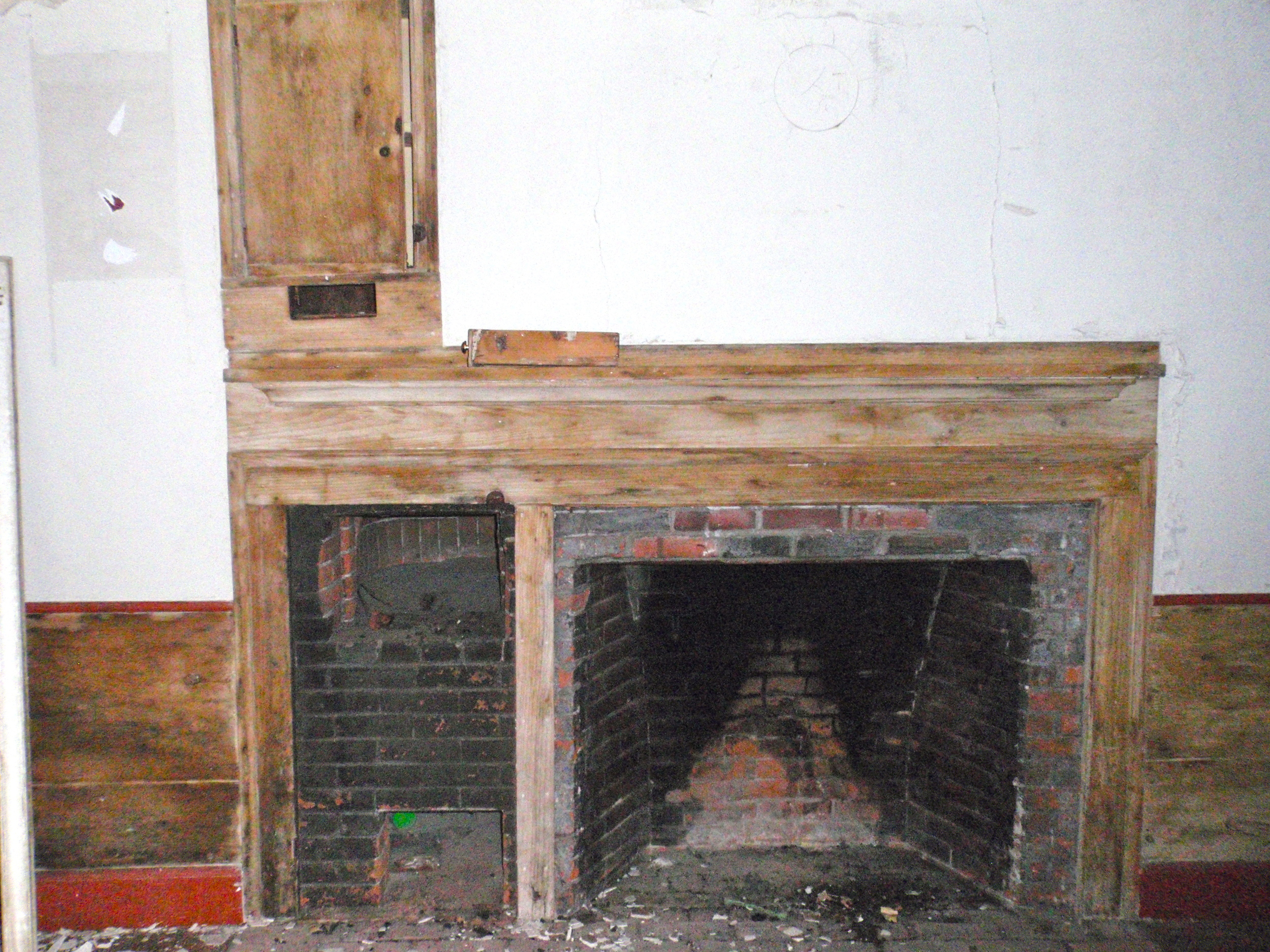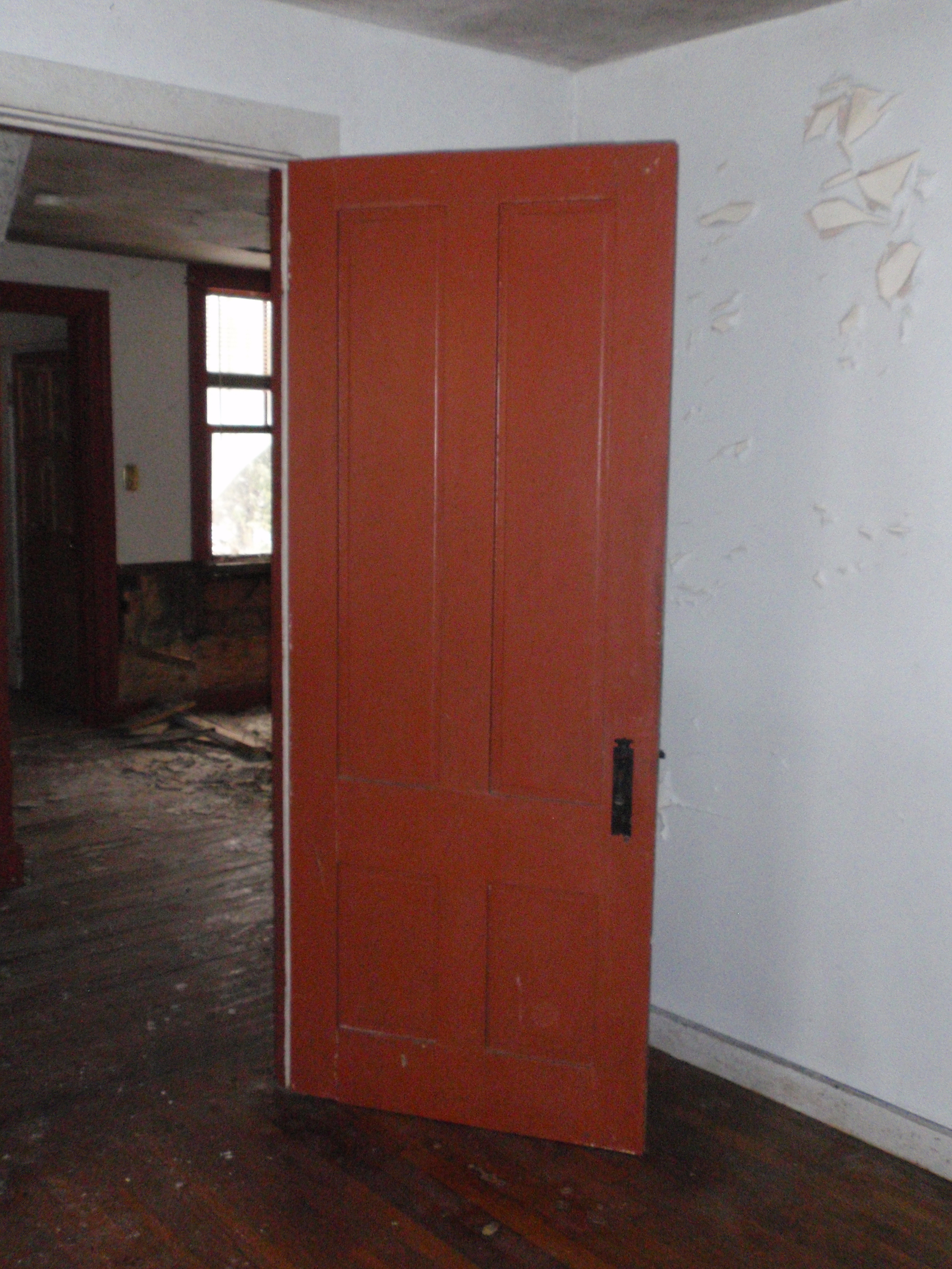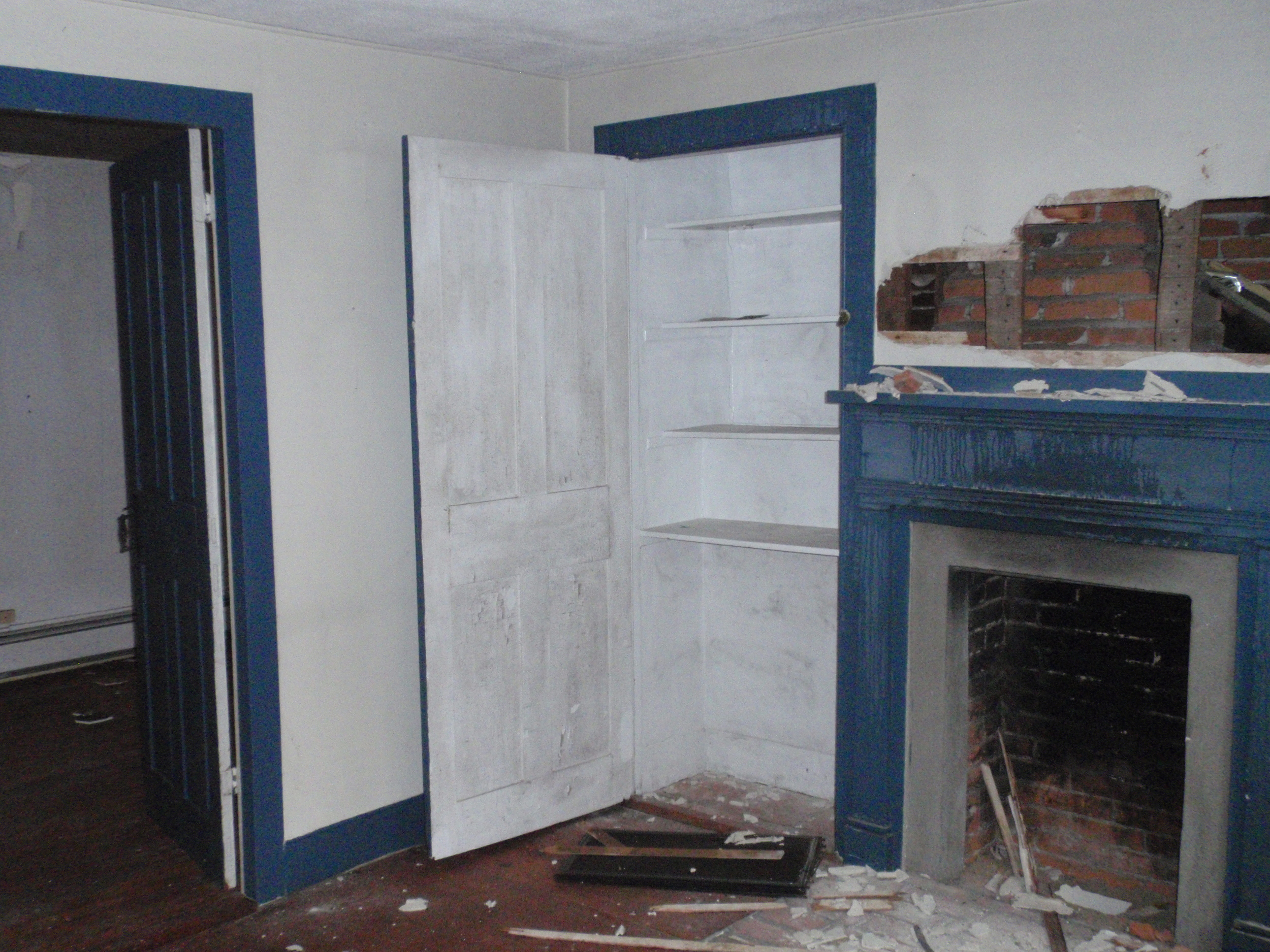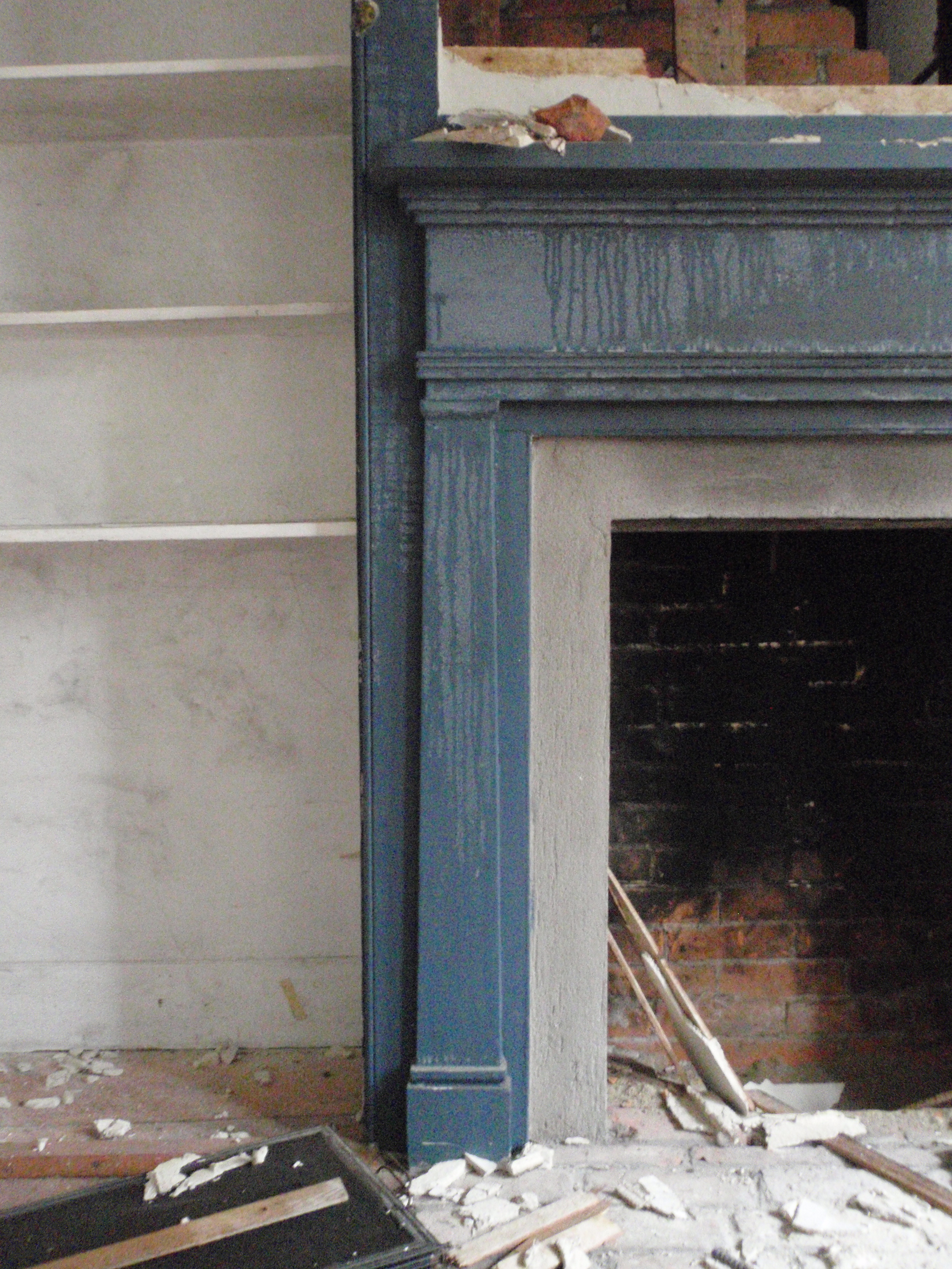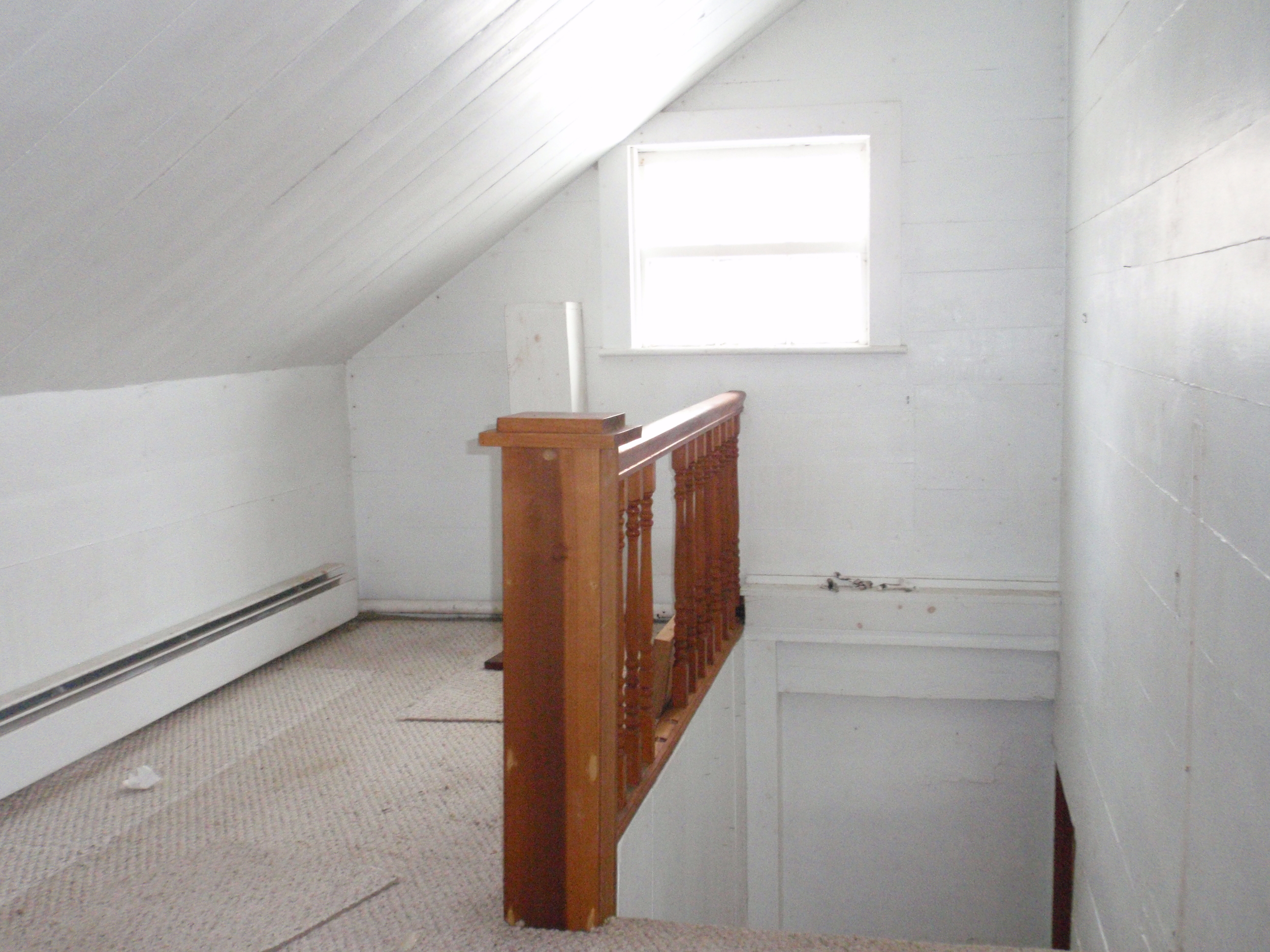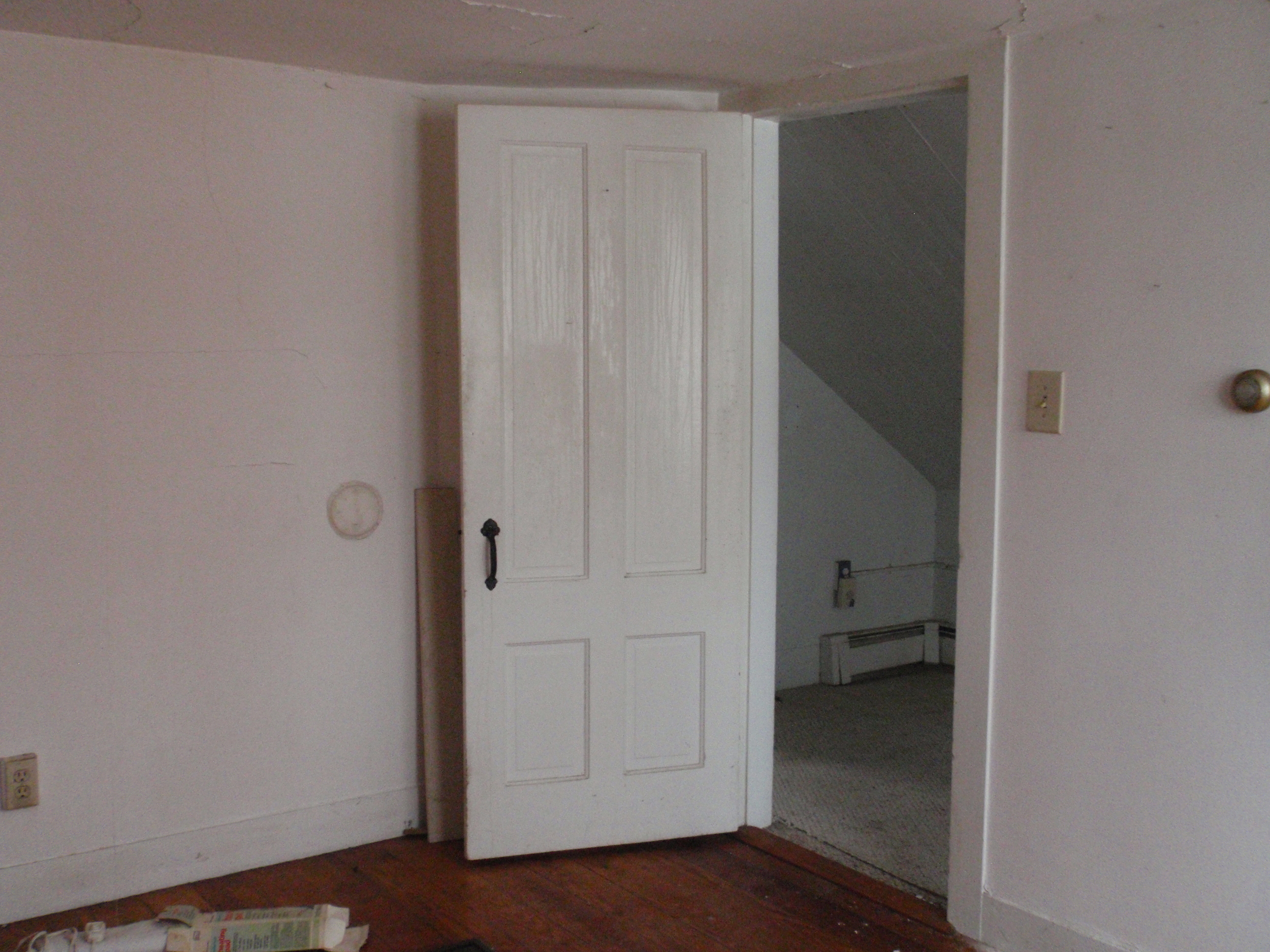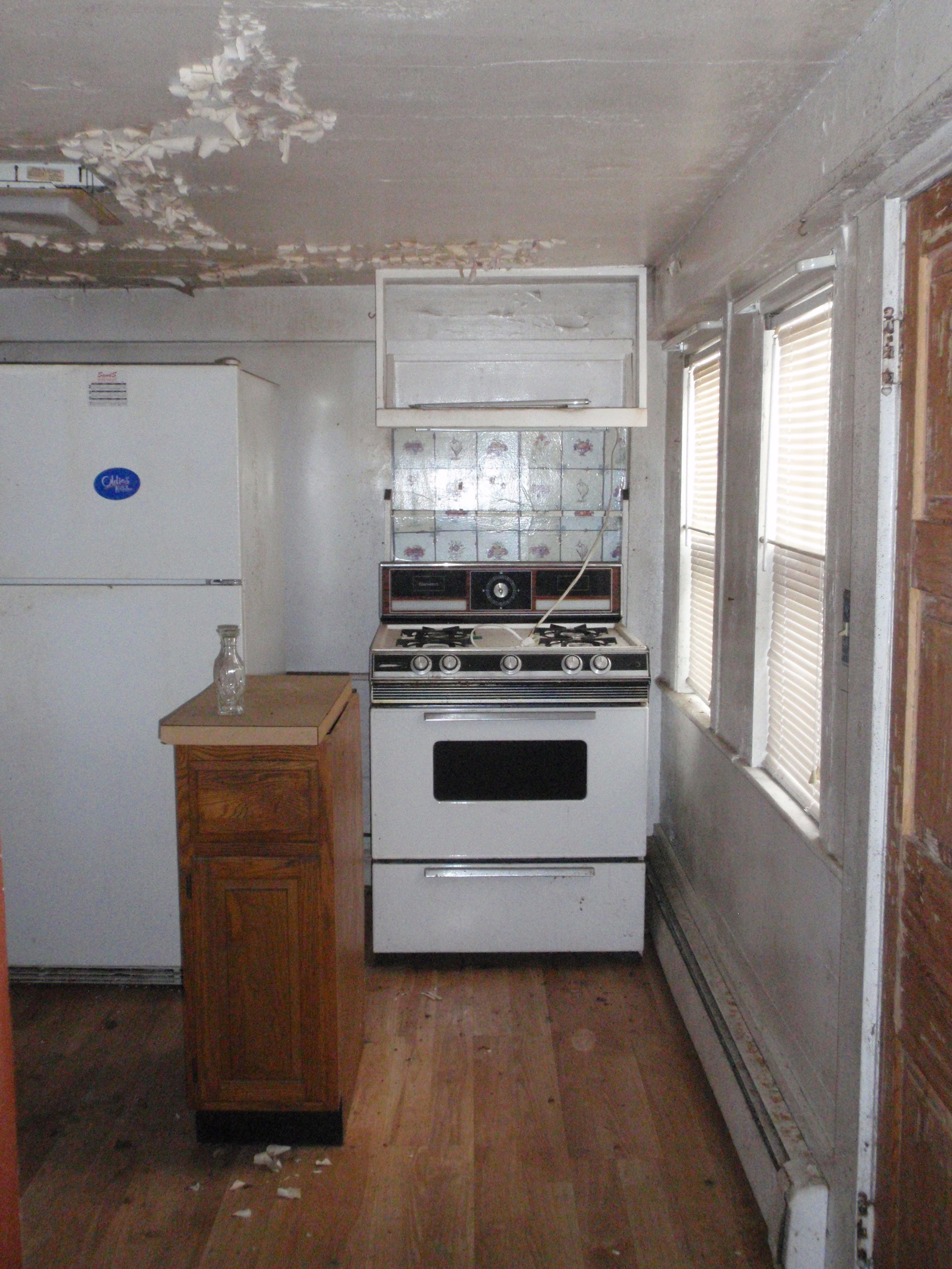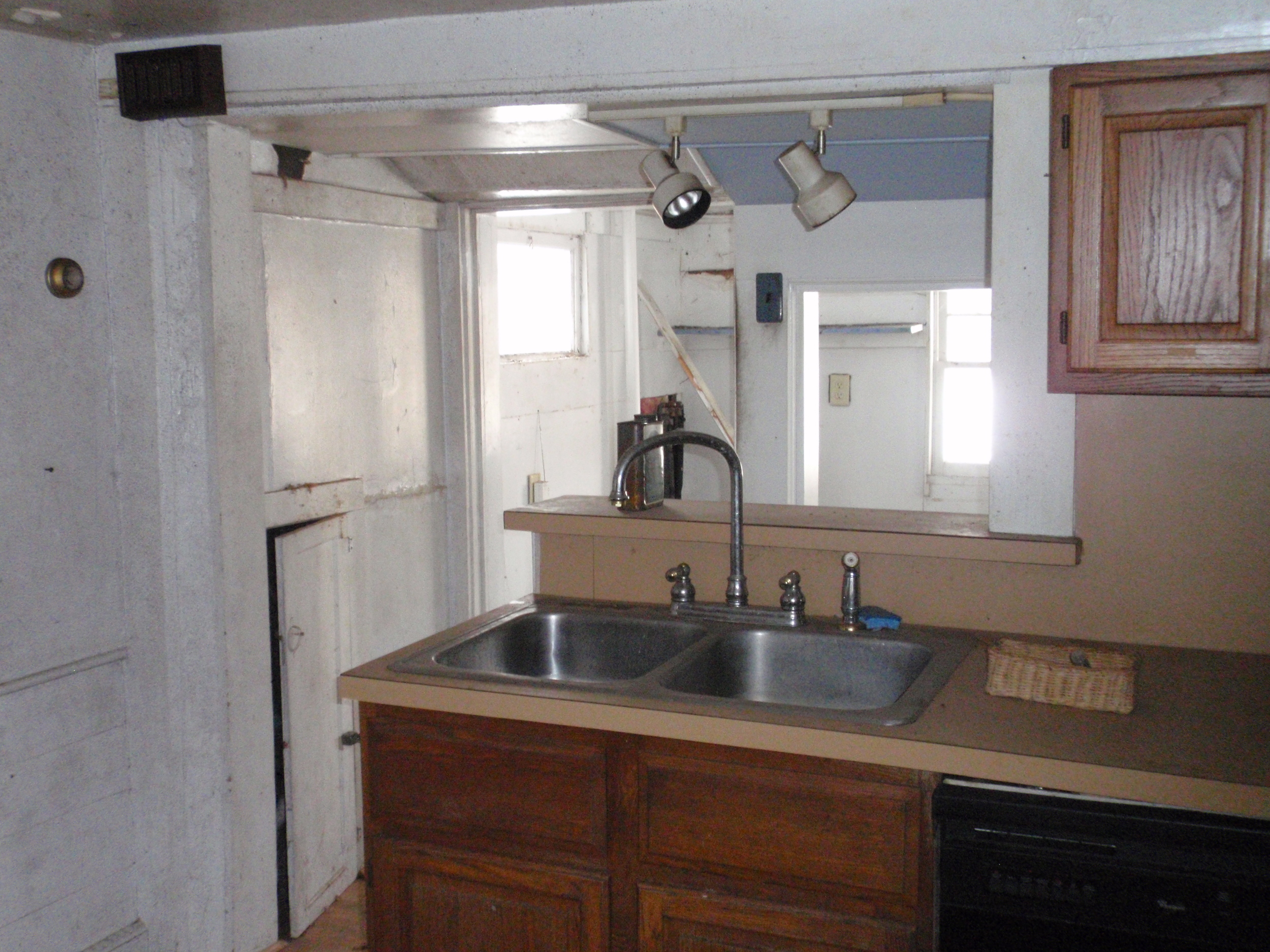My previous post on the Toll House and its history can be found here.
Recently, while working on another project, I came across a series of images in the collection of the American Antiquarian Society. I generally do not check AAS during projects, because in the past I've found that their local history collections are not as strong as what I can find at town libraries or historical societies. However these photographs were taken by Harriette Merrifield Forbes (1856-1951) as she documented 17th and 18th century buildings in central Massachusetts. The AAS has a collection of 853 negatives of pictures Forbes took between 1887 and 1945. The AAS lists these digitized photographs by place on their website, and although I was working in another town, I took a look at the few pictures Forbes had taken in Hopkinton. Two of these, taken April 5, 1931, were listed as the Claflin House on Framingham Road. Imagine my surprise when I opened these and found the picture below - what is labeled as the Raftery and Smith house in various sources and at the Hopkinton Library!
Photo from the collection of the American Antiquarian Society.
This is a much clearer, higher-quality image of the Smith/Raftery homestead, and is also taken from a different angle than all the other images of the house that I've seen. Fortunately, this angle faces west, and if you look close enough, shows just a little bit of the Toll House to the west of the main house.
Between the front yard trees and the larger house, the Toll House is visible. We can learn a few different things from this photo. First, the road was much further away from the house than it is today. Today, a stone retaining wall is only a few feet in front of the house, but when this photo was taken in 1931, there was a sizeable yard that sloped down to the street. Second, the larger 18th century house appears to be in the area of what is today a driveway onto Weston Nurseries' landscape yard, and it also possibly stood on some wetlands that are in that area. Third, the larger house was still standing when this photo was taken in 1931. So although we don't know exactly what happened to the building (whether it was torn down or moved), it existed a few decades into the 20th century. Today there is a large mid-20th century barn/garage in the area where the larger house stood, suggesting the house was removed around that time and the barn/garage built in its place.
The photograph is a wonderful find, because it confirms what until this point had been speculation, well-documented though it was. The photograph (and the one below, also from AAS's Forbes collection) provide a much more detailed view of the large 18th century Smith/Raftery House. It would have been an impressive building for the time, and would have stood out on the road from Hopkinton to Framingham.









